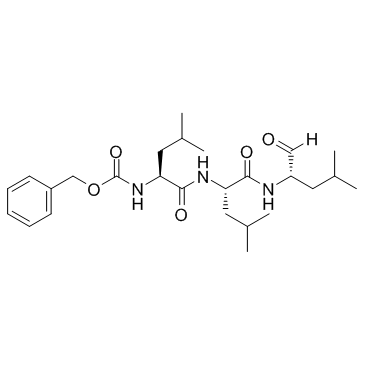| Structure | Name/CAS No. | Articles |
|---|---|---|
 |
germane
CAS:7782-65-2 |
|
 |
Lificiguat
CAS:170632-47-0 |
|
 |
MG-132
CAS:133407-82-6 |